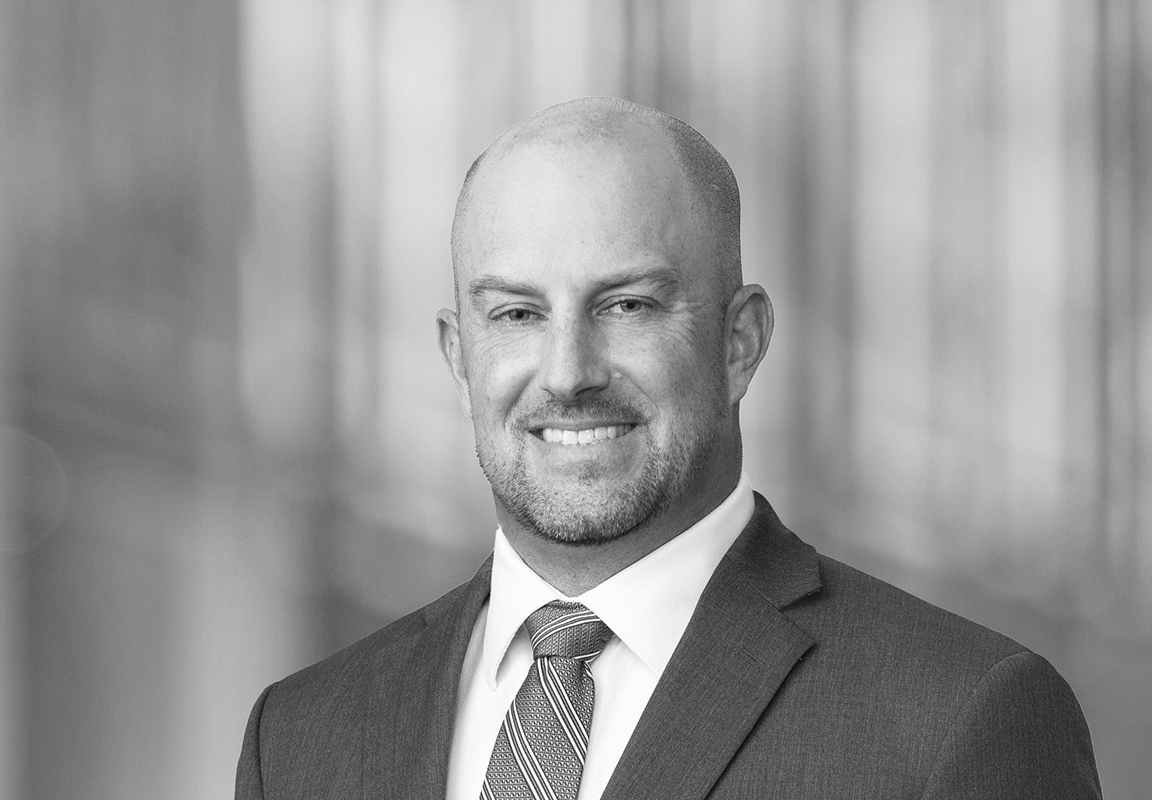
Supreme Court Rules EPA Cannot Require Existing Fossil Fuel Power Facilities to Shift to Lower CO2 Emitting Sources of Electricity
6 min read
On June 30, 2022, the Supreme Court ruled that the US Environmental Protection Agency (EPA) cannot use the Clean Air Act to require fossil fuel power facilities to implement a measure known as "generation shifting" without express authorization from Congress. Generation shifting was a measure EPA proposed that would have required a shift in electricity production from certain fossil fuel power generation sources, primarily fired by coal and natural gas, to other sources that emit less carbon dioxide.
The Supreme Court's ruling concerned a 2015 proposal where EPA relied on Section 111 of the Clean Air Act, which regulates emissions of certain pollutants from existing sources. Under Section 111(d), states set rules governing existing sources (such as power plants), but EPA determines the emissions limit with which they will have to comply. EPA establishes that limit by determining the "best system of emission reduction" for the type of source at issue.
In its 2015 proposal, EPA had determined that the "best system of emission reduction" for existing coal and natural gas plants entailed three types of measures: (1) heat rate improvements, (2) a shift in generation from existing coal plants to natural gas plants, and (3) a shift from coal and natural gas plants to renewable power sources (primarily wind and solar plants). To implement the shift to renewables, an operator could reduce a plant's own production of electricity, build or invest in a new or existing natural gas plant, wind farm, or solar installation, or purchase emission allowances or credits as part of a cap-and-trade regime. The first measure, heat rate improvements, was not at issue in this case. The Court explained that this type of measure was consistent with how EPA had historically set limits under Section 111. The second two measures in EPA's 2015 proposal, which involved generation shifting, were the focus of the Court's ruling because they focused on the overall power system rather than emissions performance of individual sources.
In its opinion, the Court explained that Congress did not provide clear authorization for EPA to use Section 111(d) of the Clean Air Act to devise emissions caps based on the generation shifting approach EPA proposed in 2015. The Court considered whether restructuring the country's overall mix of electricity generation can be a "best system of emission reduction" within the meaning of Section 111. The Court expressed skepticism regarding whether what it described as an "ancillary provision" or "the previously little-used backwater of Section 111(d)" could be used to force a shift in the power grid from one type of energy source to another. In considering this issue, the Court found that this is a "major questions" case, which refers to "extraordinary cases" in which the "history and the breadth of the authority" that a federal agency has asserted, and the "economic and political significance" of that assertion, require the federal agency to point to "clear congressional authorization" for the authority it claims. In assessing this issue, the Court found that EPA could not point to such authority. The Court found that EPA had admitted that issues of electricity transmission, distribution, and storage are not within its traditional expertise, and was therefore skeptical that Congress intended to delegate such a decision of such economic and political significance (i.e., "how much coal-based generation there should be over the coming decades") to any administrative agency. The Court also noted that Congress had already considered and rejected numerous times a cap-and-trade program for carbon dioxide emissions, therefore casting doubt on EPA's argument that Section 111(d) enabled it to effectively enact such a program. Notably, the Court did not hold that a "best system of emission reduction" refers exclusively to measures focused on emissions performance of individual sources such that all other actions do not qualify as "best system of emission reduction." Therefore, while the Court's ruling prohibits EPA from enacting a proposal that requires the type of generation shifting that EPA proposed in 2015, it does not mandate that EPA only focus on emissions performance of individual sources.
The Court also addressed an argument of mootness from the government. While a lower court had concluded that EPA's generation shifting proposal could be implemented pursuant to Section 111 of the Clean Air Act, the 2015 proposal was never implemented. The Biden Administration, therefore, urged the Court not to intervene arguing in part that there is no regulation to review, and the case is therefore moot, because EPA informed the courts that it had no plan to reinstate the 2015 proposed rule. The Court held that, despite the federal government's argument that EPA does not intend to enforce the 2015 proposed rule prior to creating a new rule under Section 111(d), the case remains justiciable because voluntary cessation of the implementation of a rule does not moot a case unless it is "absolutely clear that the allegedly wrongful behavior could not reasonably be expected to recur." The Court distinguished between standing and mootness and found that, because the federal government did not suggest that if the litigation was resolved in its favor it will not re-impose emissions limits predicated on generation shifting, EPA's position did not moot the dispute at hand.
It is unlikely that he Court's decision will deter EPA from moving forward with a new proposal to regulate carbon dioxide emissions from existing power plants. EPA was planning this anyway, and market forces have caused the United States power industry to engage in generation shifting to meet the emissions targets that EPA proposed in 2015 even in the absence of that proposal being implemented. For the regulated community, which has been faced with a level of uncertainty since EPA's 2015 proposal, the Court's decision may not provide clarity on what EPA could propose that would fit within the bounds of "best system of emission reduction." While the ruling limits EPA's authority to require generation shifting to regulate carbon dioxide emissions from power sources, it does not broadly inhibit EPA and the federal government's authority to regulate climate change generally. EPA retains authority to regulate greenhouse gas emissions at the source under Section 111 and through other Clean Air Act provisions.
In response to the Court's ruling, EPA Administrator Michael Regan commented, "[W]e are committed to using the full scope of EPA's authorities to protect communities and reduce the pollution that is driving climate change. We will move forward to provide certainty and transparency for the energy sector, which will support the industry's ongoing efforts to grow our clean energy economy."1 In addition, President Biden stated on Thursday that he will "continue using lawful executive authority, including the EPA's legally-upheld authorities," work with cities and states to pass laws, and "keep pushing for additional Congressional action, so that Americans can fully seize the economic opportunities, cost-saving benefits, and security of a clean energy future."2
1 https://www.epa.gov/newsreleases/epa-administrator-regan-issues-statement-west-virginia-v-environmental-protection.
2 https://www.whitehouse.gov/briefing-room/statements-releases/2022/06/30/statement-by-president-joe-biden-on-supreme-court-ruling-on-west-virginia-v-epa.
White & Case means the international legal practice comprising White & Case LLP, a New York State registered limited liability partnership, White & Case LLP, a limited liability partnership incorporated under English law and all other affiliated partnerships, companies and entities.
This article is prepared for the general information of interested persons. It is not, and does not attempt to be, comprehensive in nature. Due to the general nature of its content, it should not be regarded as legal advice.
© 2022 White & Case LLP


